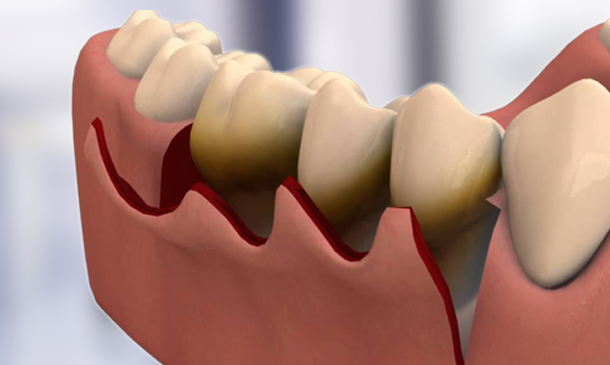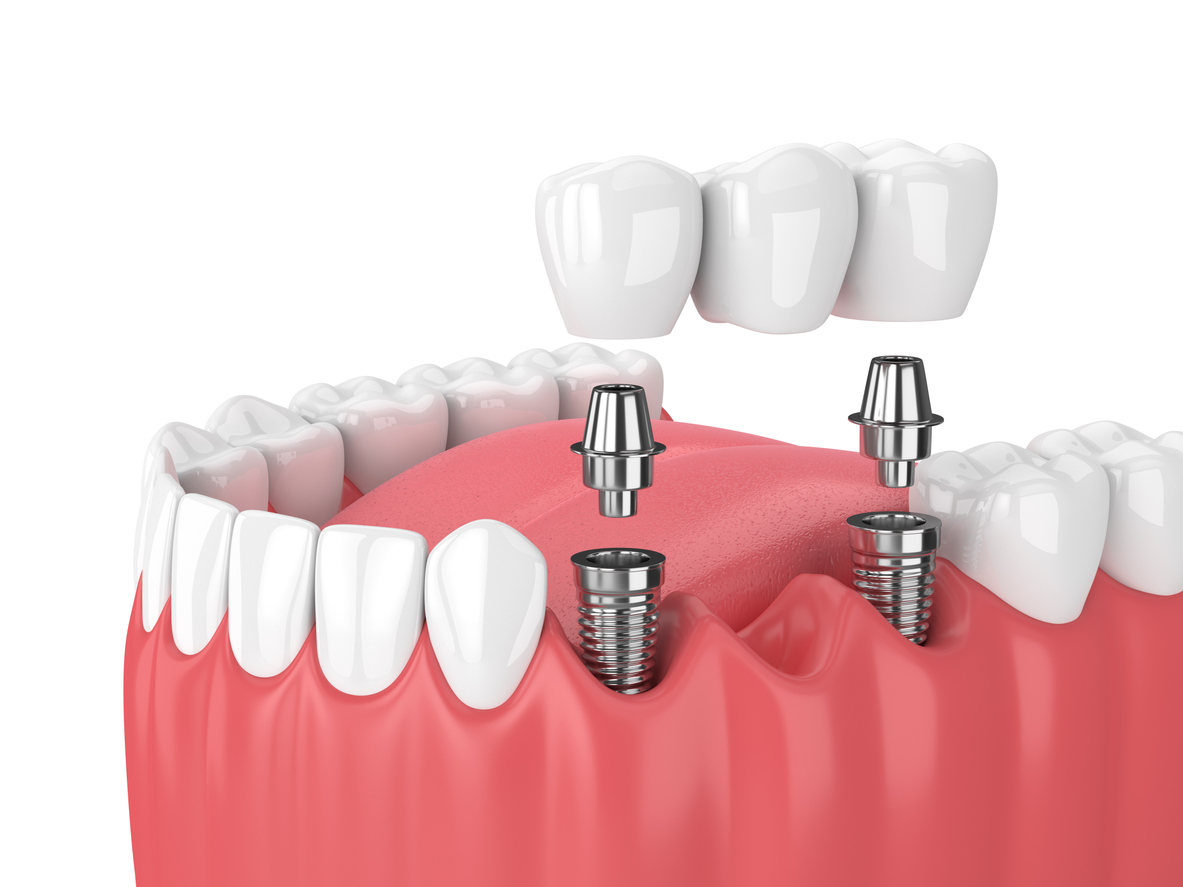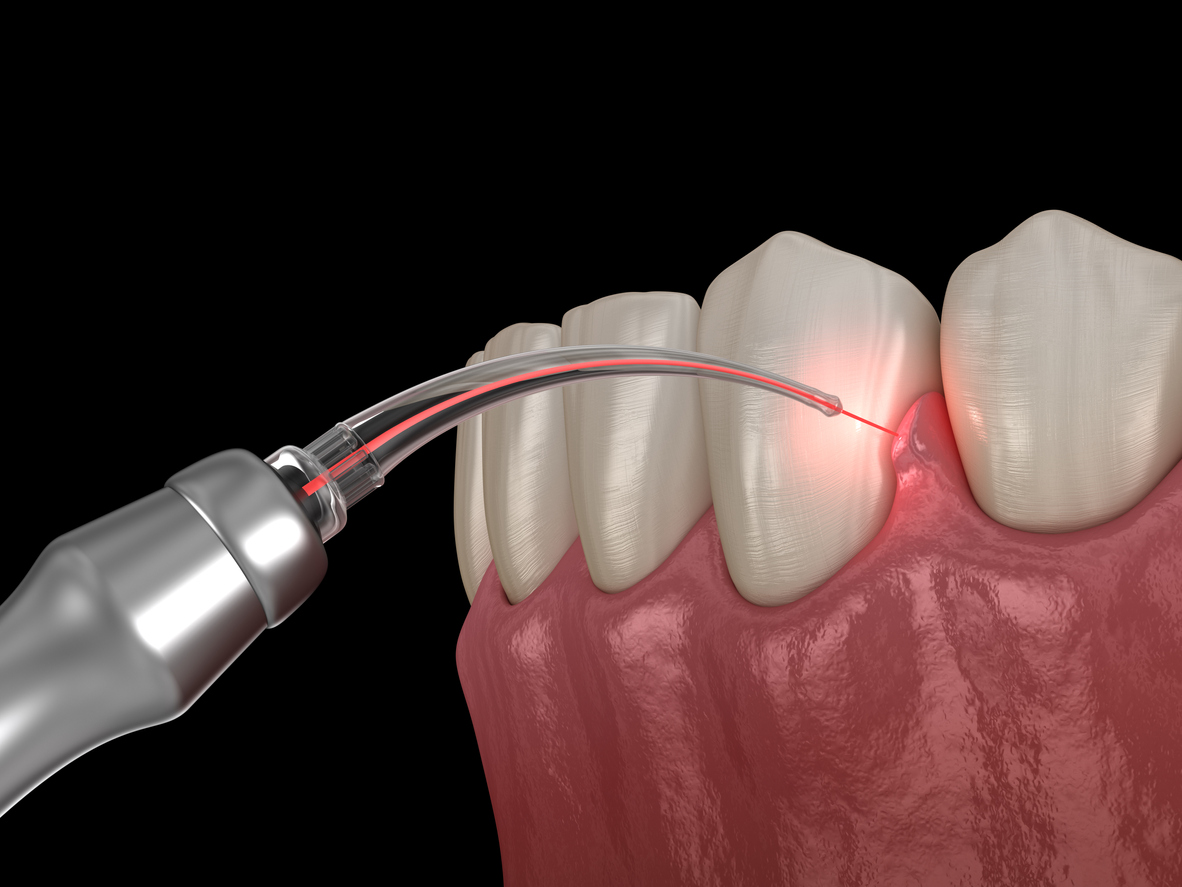Periodontal Gum Treatment
Our specialized periodontal gum treatments are designed to prevent, diagnose, and treat gum disease, ensuring your gums remain healthy and strong.
Non-Surgical Gum Treatment
Scaling and root planing done by a dental professional is the main tool used to treat periodontal disease. Chlorhexidine is a part of a professional treatment program which helps treat swelling and bleeding due to gingivitis, an early, reversible stage of gum disease. It can be prescribed by your dentist as a home rinse or used via irrigation during cleaning with your dental professional.
Surgical Gum Treatments
Flap Surgery
In severe cases scaling and root planning is used in conjunction with flap surgery to treat periodontal disease. During the procedure the gums are folded back temporarily allowing the dentist to reach the root of the tooth and bone. This procedure is preformed if there is infection remaining deep within the pockets of the gums. The surgery allows the dentist to remove the infection and clean the pockets properly.
After surgery you might experience some soreness however the soreness can be tolerated well with some mild pain medication.
PROCEDURE

1
2
3
4
Grafting
Gum grafting is used when the gums have receded from the tooth. In a healthy mouth you will see that the gums cover the entire root of a tooth. However, with periodontal disease and excessive brushing the gums will loosen from the tooth creating large pockets that bacteria can fill. The bacteria can then grown and reach the root creating a large number of health and dental problems. A gum graft is used to tighten the gums back against the teeth to restore the gum line
PROCEDURE

1
2
3
4
5
Gingivectomy
Healthy gums are tight against the neck of the teeth and important for a healthy smile. Sometimes problems can develop such as the gums extend over the front part of the teeth and the natural balance between the length of the teeth and the height of the gums is lost. Therefore a gum reduction is required.
PROCEDURE

1
2
3
4
Crown Lengthening
Crown lengthening is a minor surgical procedure that is an effective way to save a tooth that otherwise might be lost. Often, if a tooth is broken down from decay an extraction is done but now with crown lengthening you can save the tooth. During crown lengthening more of the tooth is exposed to create a larger surface to place a crown. The crown will then protect the tooth.
PROCEDURE

